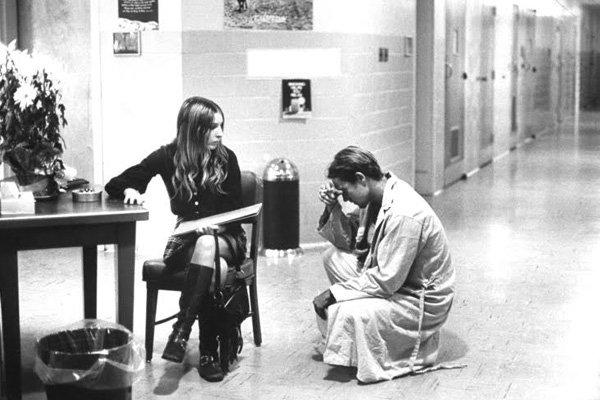JUST STAY ALIVE –
June 23, 2021 – Now, some are embracing a new approach to treatment – harnessing the power of harm reduction and a new view of relapse – to provide effective, responsive treatment with the goal of truly meeting the person where they are on their road to recovery. According to the Drug Policy Alliance, harm reduction is a “set of ideas and interventions that seek to reduce the harms associated with both drug use and ineffective, racialized drug policies.” Harm reduction removes the assumption that there is only one path to recovery – and may question whether “recovery” is the most appropriate goal. Harm reduction promotes the dignity and humanity of people who use substances and invites them into a community of care to minimize the negative responses surrounding their use and promotes health, engagement and social inclusion. The point is to not villainize people who use drugs; instead, let’s care for them and offer them choice in how (and if) they engage in treatment.
A different view of relapse
Relapse is considered a typical and expected part of recovery for any medical treatment. However, relapse in substance use treatment is misunderstood as different, more lethal and harder to treat than other medical situations. The National Institute on Drug Abuse shows a comparison of relapse percentages in four medical issues, and the stigma against substance use is compelling. People getting treatment for diabetes show a relapse rate of 30-50 percent. Substance use treatment shows a relapse rate between 40-60 percent. However, both hypertension and asthma have a relapse rate between 50-70 percent. But hypertension and asthma are not maligned like substance use, so the negative stigma is not attached to them as it is with substance use. The difference seems to be that people “have” hypertension and asthma but people “are” drug abusers.



